HHS said Tuesday it expects to distribute about $15 billion through the department’s Health Resources and Services Administration (HRSA) to eligible providers who participate in state Medicaid and CHIP programs and have not received a payment from the Provider Relief Fund General Distribution.
HRSA will also distribute about $10 billion from the Provider Relief Fund to the nation’s safety-net hospitals, which is expected to happen this week.
HHS said it will launch an enhanced Provider Relief Fund Payment Portal on Wednesday that is intended to allow eligible Medicaid and CHIP providers to report their annual patient revenue, which will be used as a factor for HHS to determine their Provider Relief Fund payment.
According to an announcement, the payment to each provider will be at least 2% of reported gross revenue from patient care. HHS said it will determine the final amount that each provider receives after data is submitted, including information about the number of Medicaid patients providers serve.
To be eligible for this funding, healthcare providers must not have received payments from the $50 billion Provider Relief Fund General Distribution and either have directly billed their state Medicaid/CHIP programs or Medicaid managed care plans for healthcare-related services between January 1, 2018, to May 31, 2020.
On Monday, HHS contacted all hospitals, asking them to update information on their COVID-19 positive-inpatient admissions for the period January 1, 2020, through June 10, 2020. This information will be used to determine a second round of funding to hospitals in COVID-19 hotspots to ensure they are equitably supported in the battle against this pandemic. To determine their eligibility for funding under this $10 billion distribution, hospitals must submit their information by June 15, 2020 at 9:00 PM ET.
HHS said close to 1 million healthcare providers may be eligible for these patients. Click here for more information about eligibility and the application process.

